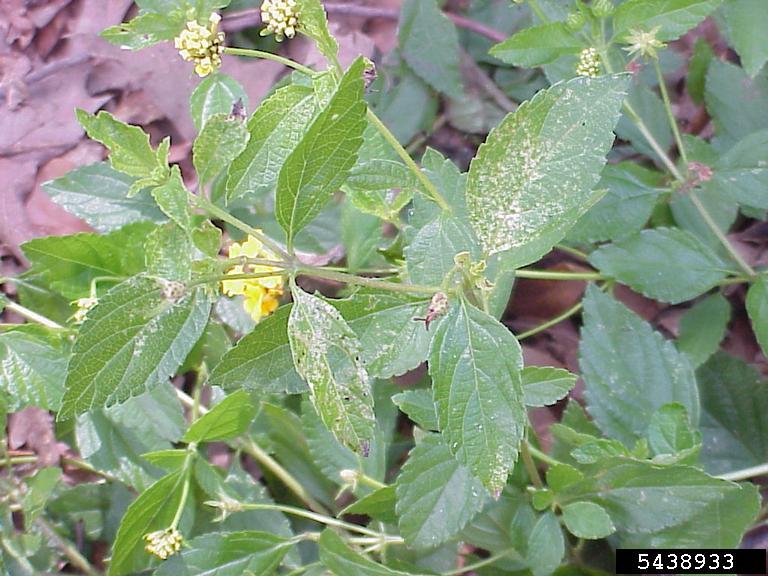Lantana Plant Wilting: What To Do If A Lantana Bush Is Dying


Lantana plants are tough flowering annuals or perennials. They thrive in hot, sunny locations and are drought tolerant once established. Wilting lantana plants may simply need a bit more moisture than they are getting or there may be another underlying cause. If your lantana bush is dying, it is important to check the soil and get a good look at the plant to rule out any insect or disease issues. Lantanas are resilient plants with a full season's beautiful flowers but even the hardiest specimens can be prey to pest and disease problems or simply cultural inconsistencies.
Is My Lantana Dying?
Lantana plants are sun-loving plants with colorful flowers that undergo several hue changes as they mature. Many of the plants also produce bluish black fleshy fruits which can be poisonous in large quantities. If your lantana plant is drooping you may wonder, "is my lantana dying?" In most cases, the cause is easy to deduce and getting the plant back on track should just take a little time and TLC. It can often be hard to tell what is going wrong with an ailing plant. The proper situation for lantana plants is in full sun, in well-draining, organic rich soil and with average moisture. Wilting lantana plants may need a bit more water than you are giving them. While they are drought tolerant once mature, they still require deep watering from the base of the plant once per week in the summer. Container plants should have good drainage holes for excess water to leach out of. In the absence of good drainage, root rot is common and can cause a lantana plant wilting. Even if the plant is looking a bit peaked, it can still be salvaged by good watering practices and a soil change if the medium in which they grow doesn't drain well.
Common Causes of Lantana Plant Wilting
Pests
Whiteflies are common pests on lantana. They leave a sticky substance, called honeydew, which promotes the formation of sooty mold on leaves. If the plant's leaves are sticky or have blackish gray fungal growth on them, this could be the cause of wilting. The leaves should be washed clean and sprayed with horticultural soap to deter these flying pests. With consistent application and clean bursts of water, the plant should return to its robust self quickly. Leaf miners are also a common pest of lantana. The larvae live and feed within the leaves, reducing foliar health and may be why your lantana plant is drooping. The lantana lace bug is another insect pest that damages its foliage, causing discoloration and wilting or dropping of the plant. Many beneficial insects feed on lace bug pests. Insecticidal soap and neem oil sprays may also help.
Fungal diseases
Diseases are generally fungal. Excess moisture and warm temperatures encourage spore formation. Botrytis blight, a common ornamental fungal disease, causes drooping, discoloration, and can make it look like a lantana bush is dying. Prune out infected tissue and avoid overhead watering. Rust fungus also may be a problem.
Nutrient issues
Container plants will often recover if repotted. Choose a good potting soil and container with drainage holes. Sometimes plants do not have good root to soil contact and are not getting enough nutrition or moisture. Spread out the roots gently and press soil around them. Water after repotting. In-ground plants can be replanted as well. Check soil nutrient levels and adjust for drainage if the area is clay and tends to form puddles rather than percolate down to the roots of plants. Usually, if you work in a good amount of well-rotted compost or leaf litter into the soil, the drainage will improve while adding natural nutrients to feed the lantana. Iron deficiencies, lack of potassium, calcium, or phosphorus can cause leaf drooping. Test soil and use an appropriate fertilizer to amend nutrient deficiencies. Once soil is at a good level, provide water and keep an eye on the plant. In most cases, if nutrient levels have been adjusted, the plant will recover quickly.
Sign up for the Gardening Know How newsletter today and receive a free copy of our e-book "How to Grow Delicious Tomatoes".

Bonnie Grant is a professional landscaper with a Certification in Urban Gardening. She has been gardening and writing for 15 years. A former professional chef, she has a passion for edible landscaping.